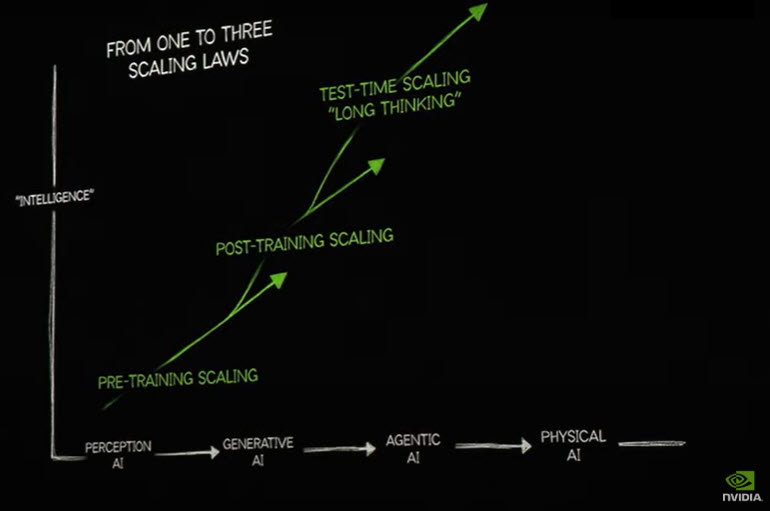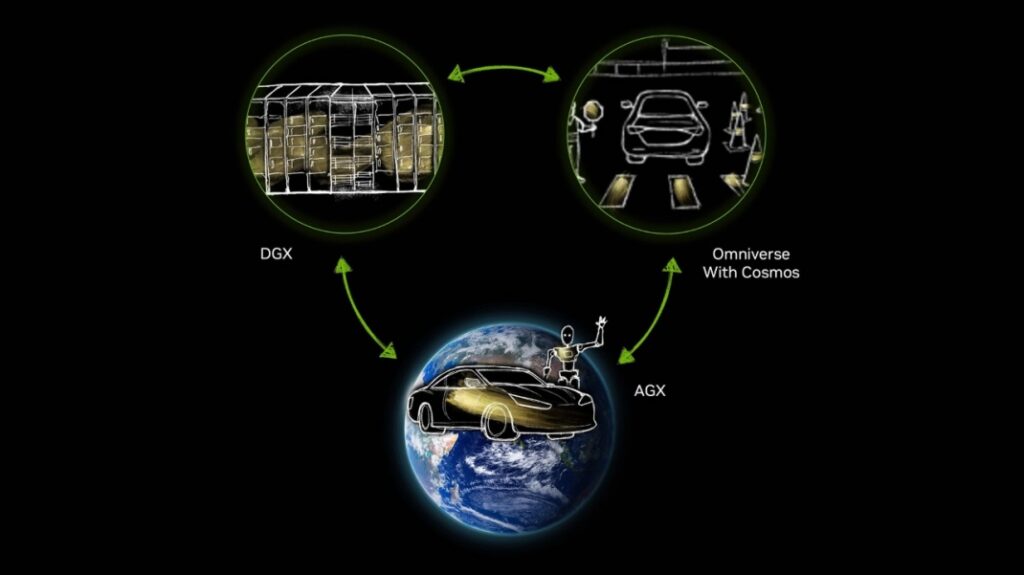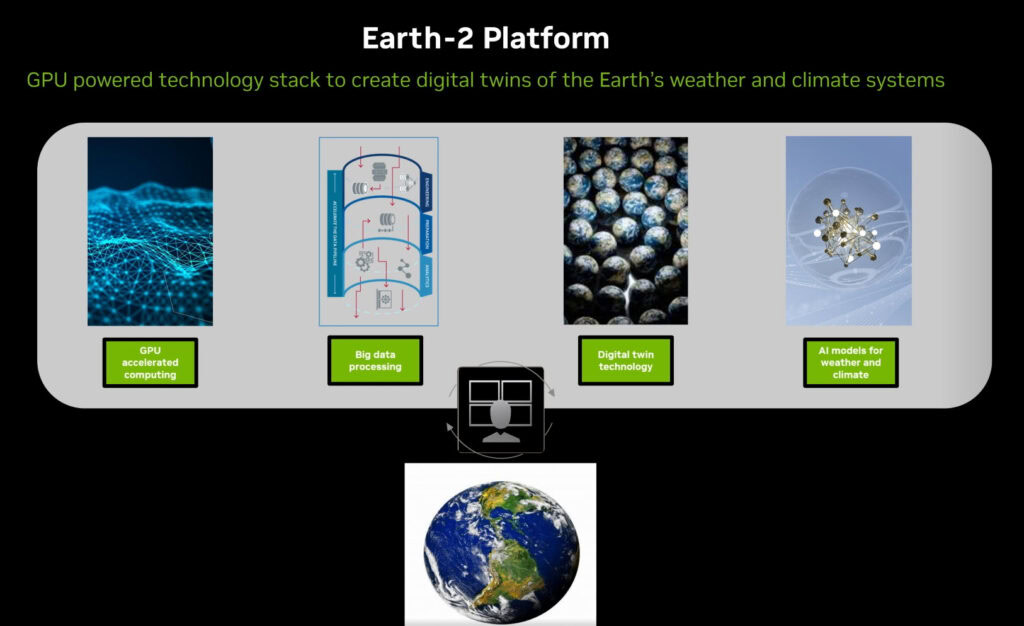In a world where technological innovation is redefining every aspect of modern life, few leaders capture the imagination quite like Jensen Huang. As the visionary CEO of NVIDIA, Huang has steered the company from its origins as a graphics processing unit (GPU) pioneer to a global powerhouse driving the next wave of artificial intelligence. This blog delves into Huang’s compelling vision for the future of AI—a future where breakthroughs in parallel computing and deep learning are not only transforming industries but are also reshaping our daily lives.
Topic Breakdown
Jensen Huang’s Journey and Vision
Jensen Huang is widely recognised for his forward-thinking approach and unwavering belief in the transformative power of technology. Under his leadership, NVIDIA has emerged as a central figure in the evolution of computing. Huang’s vision is built on the conviction that the future of AI hinges on harnessing the full potential of parallel processing, and this has been the cornerstone of NVIDIA’s groundbreaking innovations.
Early Beginnings and the Rise of the GPU
In the early 1990s, Huang and his team identified a fundamental limitation in conventional computing architectures. At that time, most computers relied on central processing units (CPUs) that were designed for sequential processing—a model that quickly became a bottleneck for emerging graphics-intensive applications such as video games.
Recognising the potential of parallel processing, NVIDIA embarked on a journey to reinvent how computers handle complex computations. This initiative led to the development of the modern GPU, a device capable of handling thousands of operations simultaneously.
Huang’s revolutionary approach not only redefined gaming but also laid the groundwork for advancements in scientific research, medical imaging, and, crucially, artificial intelligence. By enabling massive parallel processing, NVIDIA’s GPUs have become the backbone of deep learning frameworks that power everything from self-driving cars to sophisticated medical diagnostic tools.
The GPU Revolution and the Rise of CUDA
One of the most significant milestones in NVIDIA’s evolution was the development of CUDA (Compute Unified Device Architecture). CUDA is a parallel computing platform and application programming interface (API) that allows developers to utilise NVIDIA GPUs for general-purpose processing. This breakthrough enabled researchers and engineers to accelerate computational tasks that were once the exclusive domain of high-performance supercomputers.
How CUDA Changed the Game
CUDA democratised access to high-performance computing, making it possible for a broad range of industries to harness the power of GPUs. For instance, in the field of deep learning, CUDA has facilitated the training of complex neural networks by dramatically reducing processing times.
This acceleration is critical in applications such as image recognition, natural language processing, and real-time data analysis. Huang’s foresight in investing in CUDA technology has not only bolstered NVIDIA’s market position but has also spurred a broader revolution in AI research.
The Ripple Effect Across Industries
The impact of CUDA extends far beyond the realm of gaming and academic research. In healthcare, accelerated computing enables rapid analysis of medical images, leading to earlier and more accurate diagnoses. In the automotive sector, the same technology powers self-driving cars by processing vast amounts of sensor data in real time.
These applications underscore Huang’s broader vision: by pushing the boundaries of what is computationally possible, NVIDIA is paving the way for a future where technology seamlessly integrates into every facet of our lives.

NVIDIA’s Impact on the Future of AI
Huang’s vision for NVIDIA is not confined to incremental improvements; it is a bold forecast of a future where artificial intelligence will fundamentally alter the way we interact with the world. According to Huang, the next decade promises to be a period of transformative change, driven by the convergence of deep learning, robotics, and automated systems.
A Paradigm Shift in AI Research
One of the key themes in Huang’s discourse is the transition from merely advancing the science of AI to realising its practical applications. While the past decade has seen remarkable progress in developing AI algorithms, the coming years will focus on integrating these advancements into systems that can operate in the real world.
Whether it’s in digital biology, climate technology, or autonomous transportation, Huang foresees a future where AI is not just a tool but an integral component of everyday decision-making.
The Role of Robotics and Self-Driving Cars
In Huang’s vision, robotics and self-driving vehicles represent two of the most exciting frontiers in the application of AI. He imagines a world where almost every moving object becomes robotic in nature—an era in which autonomous systems operate with precision and reliability.
By leveraging the immense computational power of GPUs and the innovative potential of AI, NVIDIA is at the forefront of this movement. The company’s investments in advanced chip technology and AI-driven software solutions are laying the foundation for a future where self-driving cars and intelligent robots become commonplace.

Deep Learning and the Transformation of Industries
At the heart of NVIDIA’s future strategy is deep learning, a subset of AI that focuses on neural networks capable of learning from vast amounts of data. Huang has been particularly enthusiastic about the potential of deep learning to unlock new capabilities across various sectors.
For example, in the realm of healthcare, deep learning algorithms are already revolutionising diagnostic procedures and personalised medicine. Similarly, in the financial sector, AI is being used to predict market trends and manage risk more effectively.
Huang’s belief is that as AI systems continue to learn and adapt, they will not only improve existing processes but also create entirely new opportunities. This optimistic outlook is underpinned by a commitment to innovation and a willingness to make bold investments in the technology of tomorrow.
Future Applications and the Road Ahead
Looking to the future, Jensen Huang envisions a world where artificial intelligence becomes a ubiquitous force for good. His approach is characterised by a blend of scientific rigour and practical application—a philosophy that has guided NVIDIA’s trajectory for over three decades.

Transforming Digital Biology and Climate Technology
One of the most promising areas highlighted by Huang is the application of AI in digital biology. By analysing complex biological data, AI has the potential to revolutionise drug discovery, genetic research, and personalised medicine. Huang posits that the scalability of deep neural networks will enable researchers to decipher the intricate relationships within biological systems, leading to breakthroughs that could dramatically extend human lifespans.
Similarly, Huang is optimistic about the role of AI in combating climate change. Advanced algorithms can analyse environmental data, predict weather patterns, and optimise resource management, thereby contributing to more effective climate strategies. NVIDIA’s technological innovations are set to play a pivotal role in these endeavours, demonstrating the profound societal impact of AI.
The Emergence of Application Science
Huang distinguishes between the ‘science of AI’—the foundational research that has driven rapid advancements over the past decade—and the emerging ‘application science’ of AI. The next phase of technological evolution, he argues, will be defined by how effectively AI is integrated into real-world applications. This shift from theoretical research to practical implementation is expected to catalyse innovations across multiple industries, from agriculture and fisheries to transportation and logistics.
Envisioning a Connected Future
Central to Huang’s vision is the idea of a connected, intelligent world where technology and human ingenuity converge to solve complex global challenges. He believes that by continuing to invest in GPU technology, deep learning, and parallel processing, NVIDIA will remain at the cutting edge of this revolution. The company’s commitment to research and development, coupled with its ability to anticipate future trends, positions it as a key architect of the digital future.
Conclusion
Jensen Huang’s visionary perspective is a testament to the transformative power of technology. Under his leadership, NVIDIA has not only redefined the computing landscape but also laid the groundwork for a future where artificial intelligence is seamlessly integrated into every aspect of our lives. From the development of CUDA and the revolutionary GPU to the bold forecasts for AI in robotics, healthcare, and climate technology, Huang’s insights offer a roadmap for the next era of innovation.
As we look ahead, it is clear that the journey is only just beginning. The future of AI, as envisioned by Jensen Huang, is one of limitless possibility—a future where technological breakthroughs enhance our quality of life, solve pressing global issues, and create new opportunities for growth and development. For developers, entrepreneurs, and AI enthusiasts alike, this is an exciting time to be at the forefront of a digital revolution that promises to reshape the world as we know it. The future is here—don’t get left behind.
We invite you to share your thoughts on NVIDIA’s approach and join the conversation on how AI is set to transform our future. Stay tuned for more in-depth analysis and updates on the latest advancements in technology.
Ready to embrace the future of AI and computing?